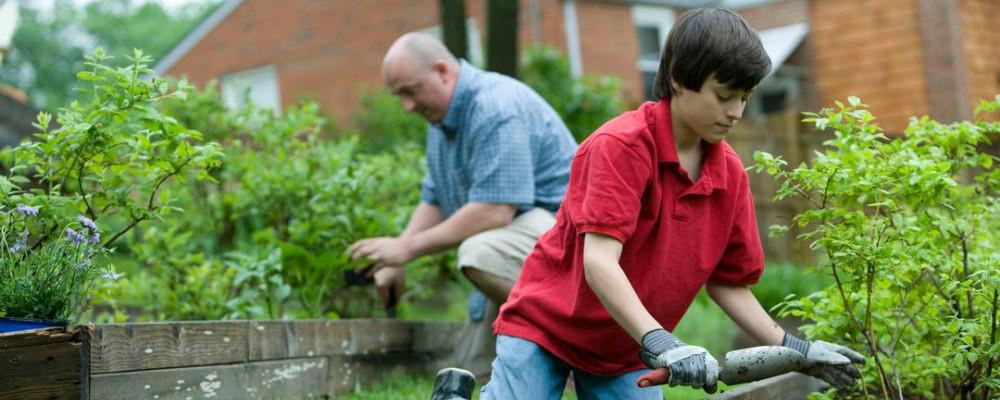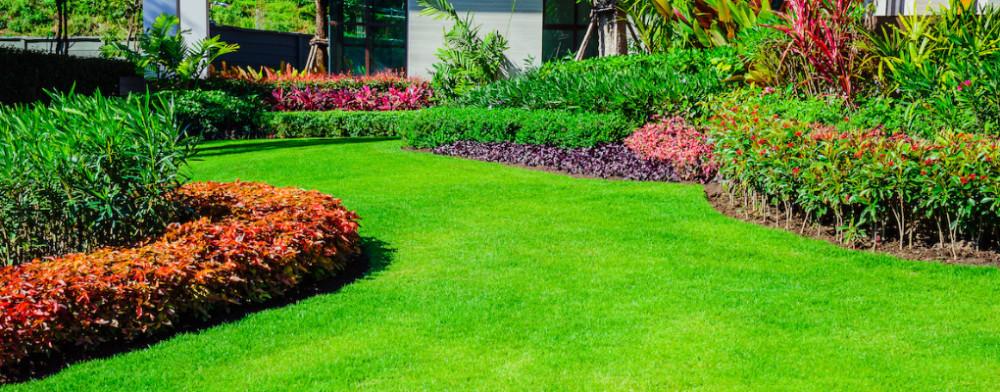
Growing Cucumbers.
When it came to growing cucumbers, I use to be incredibly frustrated at the poor crops I grew and ashamedly harvested.
After speaking to a neighbor of mine I realized some of the things I was doing wrong. While not incredibly difficult to grow, there are some tips that will help you get a bountiful return on your efforts.
And I am talking about growing outdoor plants, not those grown in a “glasshouse” where you have the added problems of deadheading the male flowers.
The following tips when growing cucumbers might mean the difference between struggling plants and a bumper crop.
A large crop means plenty of cucumbers for salads, fresh eating, pickling, and other uses. Here are a few crucial suggestions to help you harvest your best crop yet:
Two Types of Plants.
Cucumbers come in two varieties: vining and bush. Bush kinds form a more compact plant, while the vining type spread along the ground or climbs up trellises. Vining cucumbers produce more fruit during the course of the growing season. Bushes are particularly well-suited to containers and tiny gardens. Planting several crops in succession 2 weeks apart will improve the season’s production.
Weather Conditions.
Whatever type of plant you decide on, be careful of the weather. Cucumbers are tropical vegetables that originated in India and flourish in hot climates with plenty of water.
Cucumbers are best grown in the summer: Because plants are so susceptible to frost, they should not be planted in the garden until soil temperatures are consistently in the 70-degree range.
To cultivate a large harvest, cucumbers require a lot of sunlight. Place your crop in a location that receives at least 8 hours of sunlight per day. Make sure your plants get early morning sunshine if at all possible.
Soil Conditions.
Cucumbers need rich, fertile soil to grow strong and thrive. Furthermore, the soil must be light and airy to allow for proper drainage. Cucumbers prefer warm, fertile soil with a pH of 6.0 to 6.8, though they can survive up to 7.6 if the soil is somewhat alkaline. More here about “PH Soil Testing“.
Work several inches of compost or composted manure into the top few inches of the soil to enrich the soil and assist establish the root environment needed for a large crop.
Check out more about compost here at “The Best Way to Make Compost“
Planting and Care.

Depending on species, space seedlings 36 to 60 inches apart (check the plant label). Plants planted on a trellis should be spaced 1 foot apart.
Cucumber plants are extremely prone to rot. However, some “raised planting” keeps the main plant stem clear of standing water during heavy rains or irrigation.
Watering and Care.
Cucumber plants require deep and consistent watering; otherwise, bitter cucumbers will occur. Mulching at the base of the plants aids in moisture retention. To prevent mildew and other illnesses from developing on over-wet leaves, apply water to the plant’s base rather than the leaves.
Fertilizing at the time of planting can be followed up with another round or two as the plant grows. A healthy yield can be obtained by regularly examining plants and treating problems such as aphids or mildew as they occur.
Use a Trellis.

Using a cucumber trellis to support the weight of both the vines and the fruit as they grow is a popular approach to cultivating juicy, flourishing cucumbers. On a trellis, leaves receive lots of sunlight, which promotes fruit production. When compared to growing plants on the ground, many gardeners discover that their plants yield more this way.
A trellis makes spotting pests and diseases that could harm the plant much easier. There will be fewer deformed cucumbers when harvest time arrives. You’ll also save time by not having to bend down to collect your crop.
Trellising means the vines stay a lot drier during watering and this helps prevent infections caused by damp foliage. Even when it rains, the cucumber plant soon dries off from the damp soil. Cucumbers love to spread out and can rapidly take over a garden, so growing them on a trellis saves room.
Make your Own Trellis.
I always knew when it was time to plant the cucumbers when I was young. My father use to get out the wood and twine and start making his own trellis. Use a strong twine and fasten it to a strong wooden frame.
The twine should be strong enough to support the heavy cucumbers, however, you can also use plastic or metal. Just be sure you have enough room to pass your hands through when weaving your vines through the trellis openings.
Training Your Cucumber Vines.
New growth must be trained to grow vertically, so as soon as the vines are long enough, attach them to the bottom of the trellis. As the slender tendrils grow, wrap them around the trellis supports. To avoid injuring the vines, proceed slowly and gently. Weave the vines throughout the trellis as the plant grows to assist support the heavy fruit.
Harvesting Your Cucumbers.
Cucumbers can be harvested around 12 weeks following sowing, around mid-summer. The plant will produce more cucumbers the more cucumbers you harvest. The length of the cucumbers will vary depending on the variety, so read the package carefully. Harvest the fruits as needed, but don’t leave them on the plant for too long because older fruits might taste harsh and have hard skins.
Cucumbers should be harvested early in the morning when the weather is cool. Using secateurs or a sharp knife, cut the fruits from the plant.
And after that, all you have to do is enjoy the rewards of your efforts. Whether they are going into a salad or you are going to use them for pickling, they will taste better.
Conclusion.
With a bit of care and dedication, you will have cucumbers the likes of which you haven’t tasted for ages. So do the work and reap the rewards of your effort. You never know what is put in the plants from the shops today, so taking back control of what you eat is very important for your health.
Stephen






